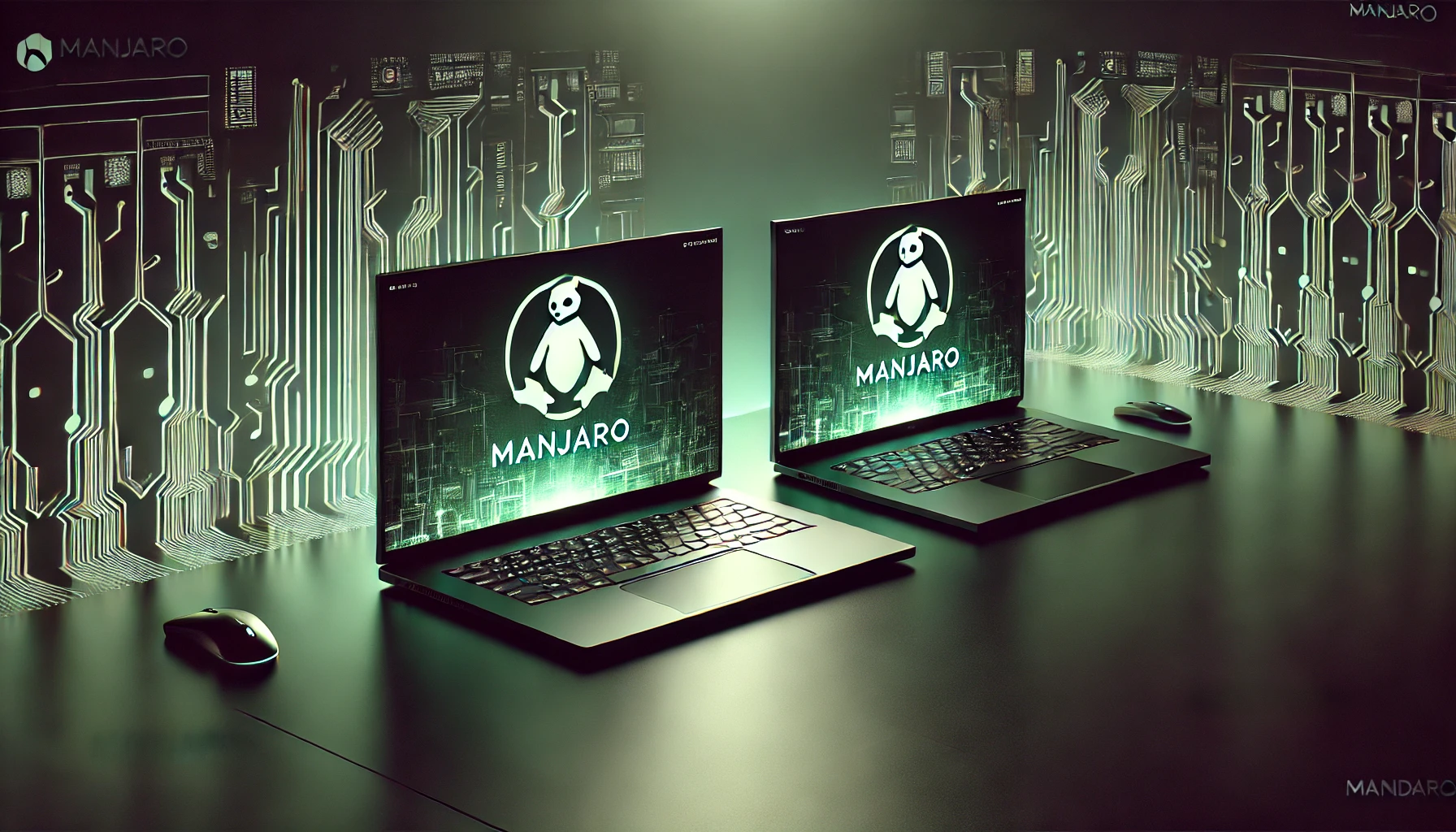Live USB
-
Running Two Manjaro Installations Side by Side 🚀

Introduction Are you interested in testing different setups or simply exploring the power of Manjaro without affecting your main system? In this post, I’ll show you step-by-step how to install two Manjaro systems on one computer and configure GRUB to let you choose which one to boot into. Let’s get started! 😊 Continue reading
-
🚀 How to Update GRUB and Regenerate Initramfs from a Manjaro Live USB System 🐧

Sometimes things break—it’s Linux life! 💻 Maybe your Manjaro installation isn’t booting correctly after an update or some system tweaks. Don’t panic! You can easily fix boot-related issues using your Manjaro Live USB stick. Here’s how you can update your GRUB bootloader and regenerate your initramfs directly from a Manjaro Live USB. Let’s dive in! Continue reading
